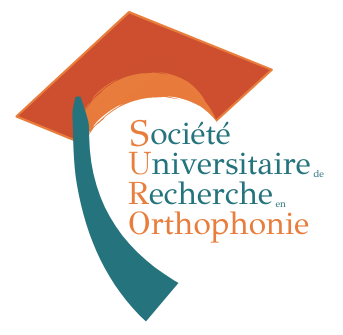Speech and Language Sciences, Swallowing and Communication Disorders
Résumé:
Introduction
Research has shown that dysphagia post stroke (DPS) may recover, persist, or develop over time. Distinct patterns have recently been identified in patients with neurogenic dysphagia, involving differential deficits in force generation (strength) and/or lack of movement precision (skill) of suprahyoid muscles contraction during swallowing (Ng et al., 2021). However, due to a lack of specific diagnostic tools, the role of pathophysiological mechanisms in its presentation and evolution remains unclear. This observational study aimed to characterise dysphagia presentation from acute stroke to six months according to measures of submental strength and precision, and evaluate how these measures can be influenced by stroke characteristics and predict long-term outcomes.
Material and Methods
Participants (N=22, mean age 73.9 +/- 14.4 [33 – 92], 9 males) were recruited in a tertiary acute hospital at a mean time of 2.8 days +/- 1.5 days after a first acute stroke, following a positive nurse dysphagia screening. They were followed longitudinally for six months, with data collected at five timepoints: on admission, and 10 days, one, three and six months post-stroke. Sociodemographic data, stroke characteristics, pneumonia, readmission, mortality, and nutritional intake using the FOIS and the IDDSI-FDS were gathered. A cranial nerve assessment, tests of functional oral intake of solids (TOMASS) and fluids (TWST), and a self-assessment of swallowing quality of life (SWAL-QOL) were also completed. Muscle strength and contraction precision components of the suprahyoid muscles were assessed using surface electromyography (sEMG) coupled with a biofeedback device (BiSSkiT) during saliva swallowing and jaw opening tasks. Mixed effects models were used to analyse the influence of time on the outcomes, and multiple regressions analyses were conducted to document the effect of age, stroke characteristics and sEMG measures of strength and precision on the outcomes at six months.
Results
Right strokes were significant predictors of decreased quality of life (p=0.03) and decreased sEMG measure of swallowing precision (p=0.03) at six months. Subcortical involvement was significant predictor of decreased sEMG measure of jaw opening precision compared to cortical strokes (p=0.005). At six months, quality of life and ingestion time of fluids (TWST) were significantly influenced by swallowing precision (p=0.04 and p=0.002, respectively). The speed of fluid ingestion (TWST) was influenced by stroke site (p=0.04), so was the number of swallows (TOMASS) (p=0.02) which increased significantly between three and six months (+0.61, p=0.03).
Discussion
Despite the small sample size, this study is a novel step in exploring the nature and evolution of strength and skill deficits underlying dysphagia. Since presentation of dysphagia predicts functional outcome, further studies on larger samples are warranted to improve early differential diagnostic tools to identify patients at risk of developing chronic dysphagia. Clinicians should pay attention to this relationship as a potential means of prognosticating recovery or planning treatment targeting pathophysiological deficits to produce long-term effects on swallowing and thus on the quality of life of individuals following a stroke.

